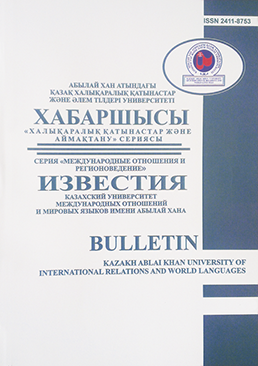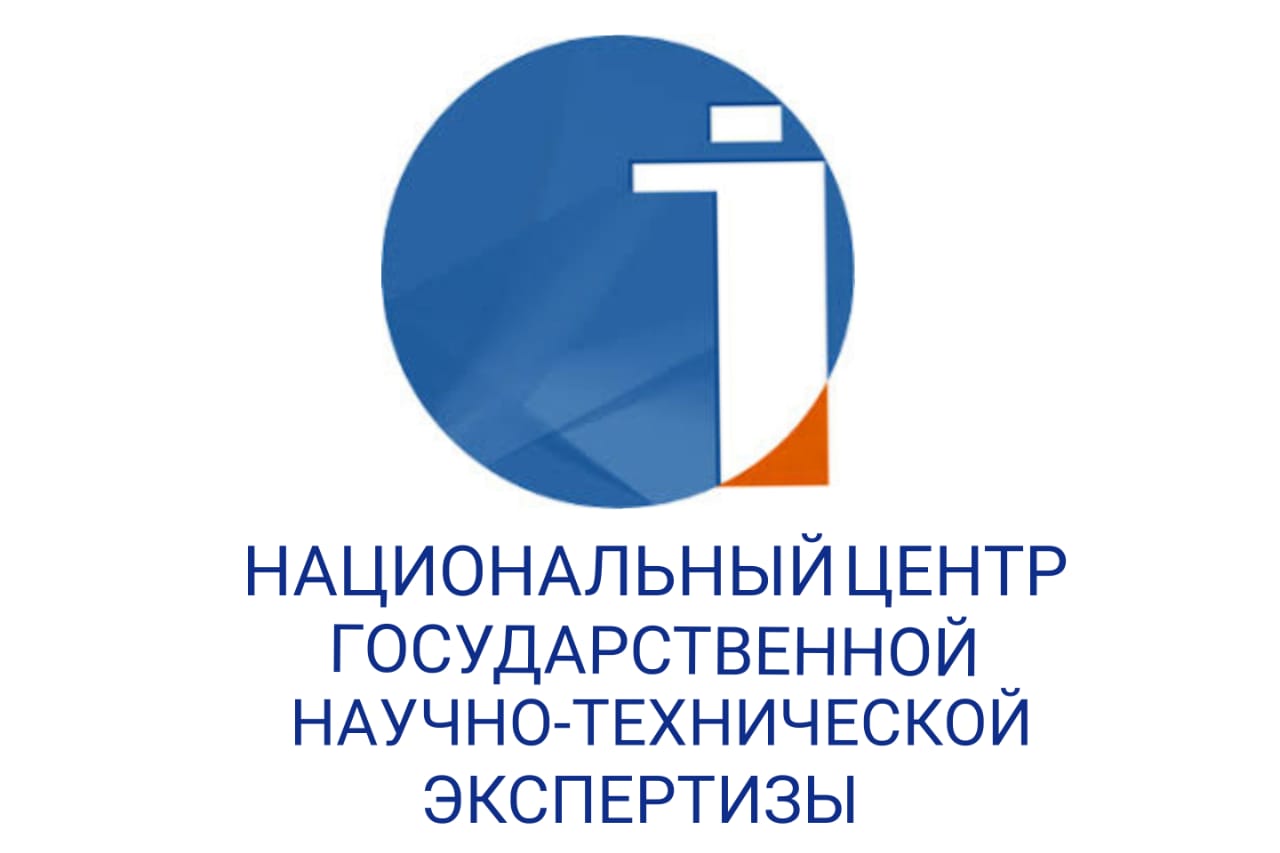THE TRANSFORMATION OF SAUDI ARABIA'S FOREIGN POLICY: USING PUBLIC DIPLOMACY
DOI:
https://doi.org/10.48371/ISMO.2025.59.1.003Keywords:
Saudi Arabia, foreign policy, regional leadership, public diplomacy, Qatar, Yemen, crisis, hegemony, lobbyingAbstract
Saudi Arabia’s foreign policy has traditionally been based on a strategy of balancing threats and resources, as well as support from key international allies. However, the events of the Arab Spring in 2011 initiated a significant transformation of the Kingdom’s foreign policy. This article analyzes the role of public diplomacy as a key tool for promoting Saudi Arabia’s foreign policy interests in the context of its struggle for regional leadership. The purpose of the study is to examine Saudi Arabia’s public diplomacy strategy through an analysis of its influence on international public opinion, alliance building, and reputational risk management. The article examines three main areas of public diplomacy: promoting the Kingdom’s image as a reformist state, positioning itself as a protector of the region, and demonstrating support from other Muslim countries. The research methodology includes comparative analysis, descriptive method, and theoretical approaches to the study of foreign policy. The empirical material includes media publications, scientific works, official reports, and analytical reviews. Particular attention is paid to the cases of the Qatar diplomatic crisis and the war in Yemen, which demonstrated both the successes and limitations of Saudi Arabia’s public diplomacy strategy. The main findings of the study show that Saudi Arabia’s public diplomacy is aimed at mitigating the effects of aggressive foreign policy and maintaining support from global actors, primarily the United States. However, despite significant financial investments in PR campaigns and lobbying activities, the effectiveness of these measures remains limited. The crisis with Qatar and the prolonged war in Yemen has led to increased competition with Iran and Turkey, as well as reputational costs for the Kingdom. The contribution of the study lies in an in-depth analysis of the mechanisms of public diplomacy as a means of Saudi Arabia’s foreign policy influence, as well as in identifying its strengths and weaknesses. The practical significance of the work lies in the possibility of using the proposed findings in developing strategies for diplomatic interaction between Middle Eastern states and international actors.







